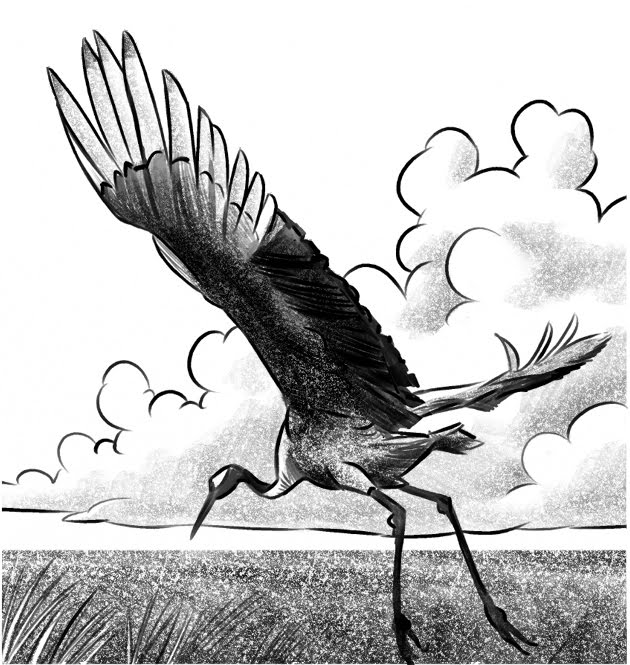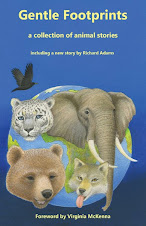
My story ‘Delivered’ is specifically about a pinto in the Wild West of America in the 1800s. At that time the plains Indians favoured the pinto above all other breeds because of its speed and agility but principally because of its unusual colour.
The pinto’s spots, stripes and splashes of colour were part of nature’s own system of camouflage. Primitive horses had these broken colourings as a defence against predators. The first horse, Eohippus, of 60 million years ago, most probably had a similarly blotched coat. The American Indian was quick to appreciate this advantage.
The pinto descends from the Spanish horses exported to America in the sixteenth century. It is so-called because it is the ‘paint horse’ or Calico and it is only in the US that it has breed status. It quickly established its importance on American plains with cowhands, natives and latterly of course the postal service. The well proportioned horse was noted for its easy, comfortable pace that could be maintained over long distances so the Pony Express couldn’t resist its qualities.
In ‘Delivered’ a pinto is captured by cowhands and ‘broken’ in order to make it useful as an Express horse. Like many horses favoured by the plains Indians, this one was a wild horse, more or less free to roam and run as it pleased. When used as a rider it was forced to run for long distances in order to deliver post for The Pony Express. His rider, Jacob Wallace mistreats and neglects him but he is finally rescued by a tribe of Native Americans and set free.
Tomorrow Facts about the Horse and its arrival on the American plains






Hi Pauline,
ReplyDeleteReally interesting posts. I am looking forward to reading the rest of your story. I am very much interested in the Native American way of life as I taught the American West at GCSE level for around fourteen years!
Partly because of this interest my husband and I have travelled to the USA over the years to vist many sights including Crazy Horse Mountain in South Dakota, Monument Valley on the Arizona/Utah border and the site of the Battle of the Little Bighorn in Montana. I admire the philosophy behind the different Indian nations and have been saddened by the way their way of life has been all but decimated by the advance of the white Americans over the years, but particularly during the period in which your story is set.
I too have a love of horses and was lucky enough to have one until I was 15. My dad decided that I was too busy going to youth clubs etc like you said, He didn't see the fun in working seven days a week to finance it, so he sold my pony. I was devestated but then in retrospect I could see his point!
Mandy